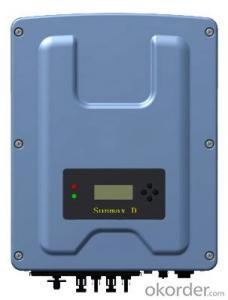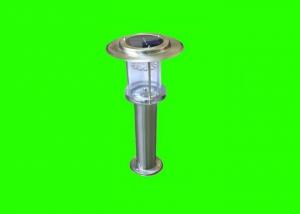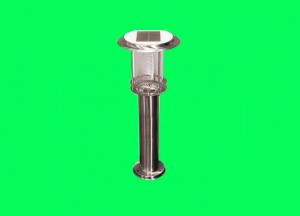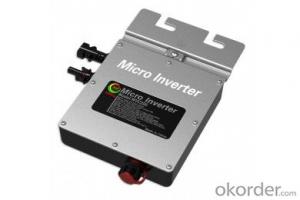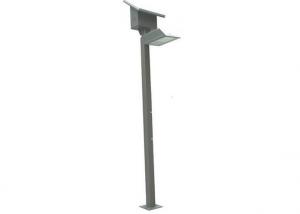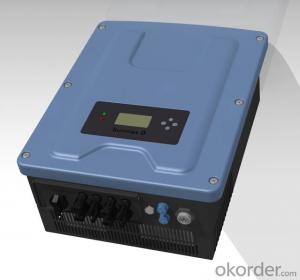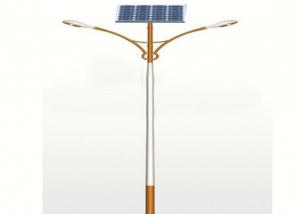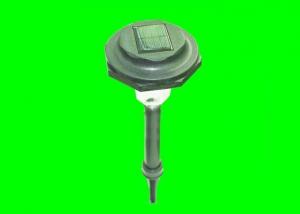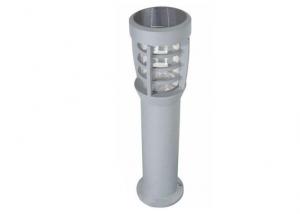D Light Solar Inverter
D Light Solar Inverter Related Searches
Solar Light Inverter Solar Dc Inverter Digital Solar Inverter K Solar Inverter Solar Based Inverter T Solar Inverter Solar Dc Ac Inverter Dc Ac Inverter Solar System Dual Input Solar Inverter Sunshine Solar Inverter Dual Solar Inverter Dual Inverter Solar Solar Edge Inverter Lights Glow Power Solar Inverter Ac Dc Inverter Solar Sun Solar Inverter Solar Solar Inverter Direct Solar Inverter Power Solar Inverter Ac Dc Solar Inverter Smart Solar Inverter Solar Power Kit With Inverter Solar Edge Inverter Led Lights Lg Solar Inverter Solar Battery Inverter Deye Solar Inverter Easy Power Solar Inverter Solar Smart Inverter Smart Solar Power Inverter Sunpower Solar InverterD Light Solar Inverter Supplier & Manufacturer from China
D Light Solar Inverter is a product that is designed to harness the power of the sun and convert it into usable electricity for various applications. This innovative technology allows users to take advantage of renewable energy sources, reducing their reliance on traditional power grids and promoting environmental sustainability. The D Light Solar Inverter is particularly useful in areas where access to electricity is limited or unreliable, making it an essential tool for both residential and commercial use.The D Light Solar Inverter is widely used in a variety of settings, including off-grid homes, remote communities, and even in urban areas where backup power is needed during power outages. It can be integrated into existing solar panel systems or used as a standalone solution for small-scale power generation. This product is ideal for powering lights, small appliances, and other electrical devices, making it a versatile addition to any energy-efficient setup. By utilizing the D Light Solar Inverter, users can enjoy the benefits of clean, renewable energy while reducing their carbon footprint and energy costs.
Okorder.com is a reputable wholesale supplier of the D Light Solar Inverter, offering a large inventory of this product to customers worldwide. As a leading online platform, Okorder.com ensures that customers have access to high-quality products at competitive prices, making it easier for individuals and businesses to invest in renewable energy solutions. With their extensive selection and commitment to customer satisfaction, Okorder.com is the go-to destination for those seeking to purchase the D Light Solar Inverter and other eco-friendly products.
Hot Products





